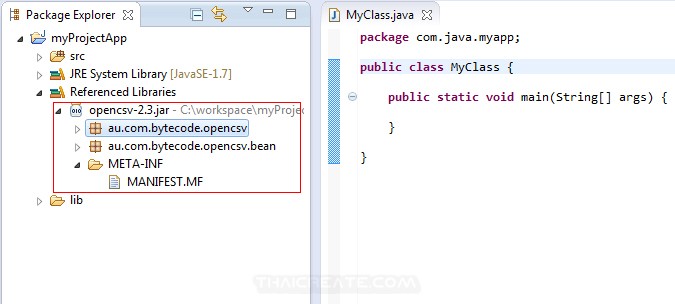
The configuration of the library require adding the needed JARs file for implementing the JPA. Now, the library is ready to add the required JARs that mentioned in the “Install EclipseLink JAR files” step.
Set the name of the library and click Okay. Another way of adding library can be achieved by using “Download Library” that not covered at this tutorial. The type “User Library” allows you to add a user driven library. Let the JPA implementation menu without any change. Change the platform to be “EclipseLink 2.5.x”. The dialog shows the platform of the persistence that will be used it is by default select the “Generic 2.1” option. This dialog allows the user to add the required libraries to implement the JPA. The JPA Fact dialog should be displayed as shown at Figure 1.3. This action should open a new dialog for setting a JPA Facet. 1.2.Ī further configuration is required, so proceed to complete it by pressing on “Further configuration required” error message that shown below. Make the JPA option selected, and choose JPA version 2.1. Already we have Unzip the file into “C:/JavaBeat” folder.Ĭreate an eclipse dynamic project and prepare it for adding JPA facet. Unzip the file into any directory you would use for completing the installation. The JAR files that should be used for JPA persistence service are:. That contains the implementation for all persistence services that EclipseLink provides. 
Download EclipseLink 2.5.1 Installer Zip from the eclipse organization site or follow this link link.This tutorial uses the Kepler version of Eclipse IDE. The view of the Eclipse IDE should be as shown in the figure 1-1.

Open the Eclipse after finishing the installation. Install Eclipse IDEįirst of all you should install Eclipse IDE from Eclipse official site. The Integrated Development Environment that will be used in this installation guide is “Eclipse Java EE IDE for Web Developers- Kepler Service Release 1”. This article should teach you how can do you install and use the EclipseLink-JPA.






 0 kommentar(er)
0 kommentar(er)
